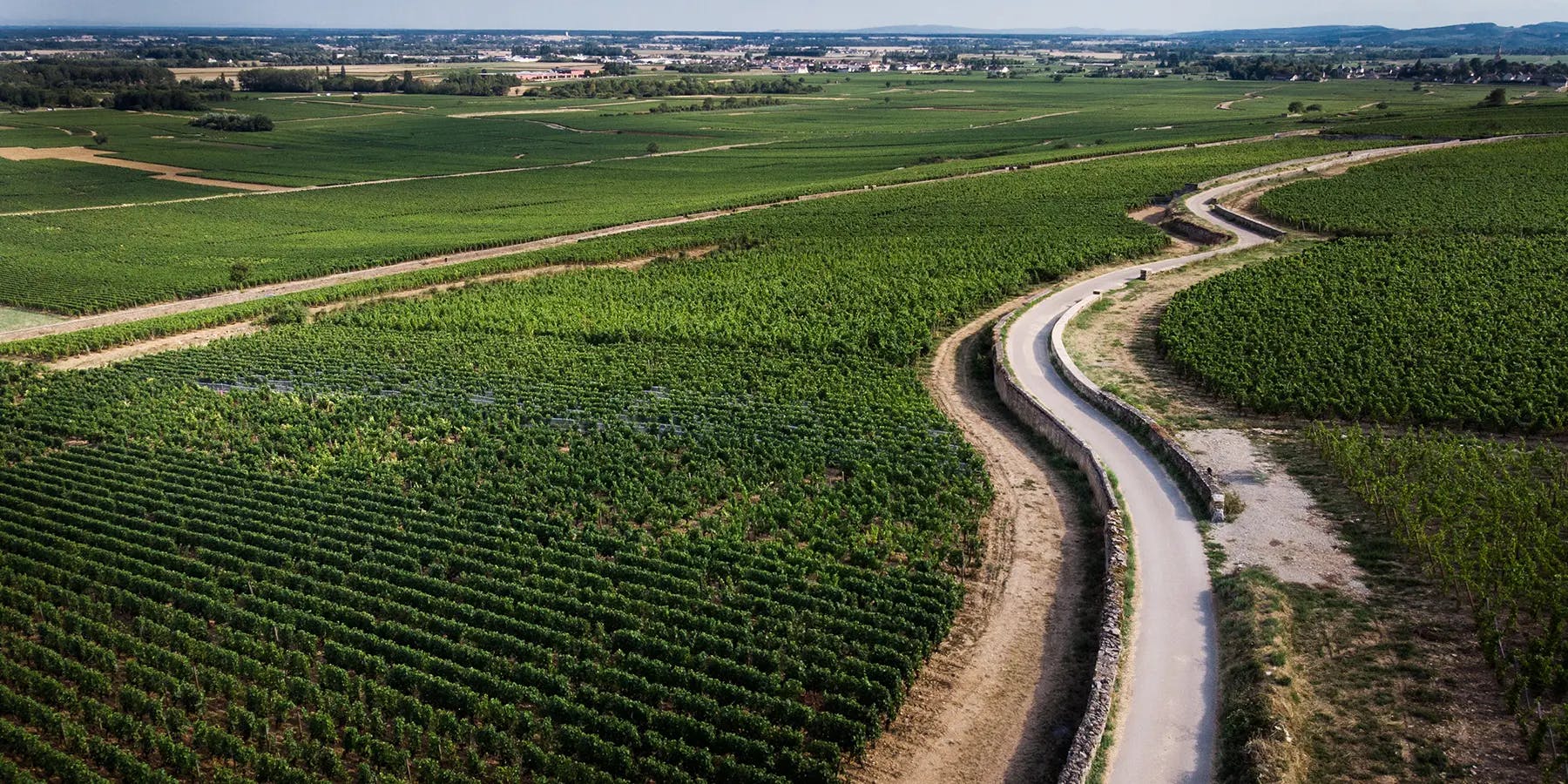- Wine world
All about the classification of Burgundy wines
- Wed, Feb 1, 2023 at 11:28

The process of classification began at the end of the 18th century, and then became more precise in the 19th century with the "learned classifications" of André Jullien in 1816, Denis Blaise Morelot in 1831 and above all Jules Lavalle, a naturalist and botanist, in 1855. Unlike Bordeaux, which classifies Châteaux, Burgundy classifies terroirs.
A little reminder
- Appellation d'Origine Contrôlée AOC (French concept equivalent to the European PDO): The Appellation d'Origine Contrôlée (AOC) identifies a product whose manufacturing stages (production and processing) are carried out in the same geographical area and according to a recognised know-how. It is the combination of a physical and biological environment with a traditional human community that gives an AOC product its specificity.
- Dénomination Géographique Complémentaire (DGC): Some AOCs have in their specifications the mention of "complementary geographical denominations", these are not AOCs in their own right, but the identification of more restricted territories.
What is a climate?
A climat is an area dedicated to viticulture, geographically and precisely delimited according to a cadastral plan, and this since the Middle Ages and the work of the monks of the region. The climats are small parcels within the appellations and differ from one another according to numerous criteria such as the orientation of the slope, the nature of the soil and subsoil, the sunshine, sometimes a microclimate and often a specific history. There are thus 1,463 climats listed in the entire Burgundy vineyard. The aim is to be able to precisely link a wine to its exact place of production.
The classification
The 4 categories of appellations can mention a climate on their labels. Generally speaking, an AOC or a Grand Cru or Premier Cru mention is followed by the name of the climate on the bottle. This is the wine-growing terroir which includes the notions of parcel, grape variety and know-how. There are 4 levels of appellations:
- Regional appellations: they represent 50% of the production. Examples: Coteaux Bourguignons, Bourgogne Aligoté, Crémant de Bourgogne, Mâcon, Bourgogne, Mâcon Villages, Bourgogne Côte-de-Beaune, ...
- Village appellations: they represent 38% of the production. Examples: Gevrey-Chambertin, Meursault, Puligny-Montrachet, Pommard, Beaune, ...
- The Villages Premiers Crus, which represent about 10% of the production. These are wines with Villages appellations, but which benefit from the status of Premiers Crus. The Villages Premiers Crus appellations are complementary geographical denominations. The Premier Cru designation can only be applied to wines produced in a specific territory, a portion of land reduced to the perimeter of a climat. Approximately 640 climats are classified as Premiers Crus. Examples: Pommard 1er Cru, Morey-Saint-Denis 1er Cru.
- The Grands Crus, which represent less than 2% of the production. The Grands Crus each have their own specifications. Their name is that of the climate of origin and nothing else. While the names of the Premiers Crus are linked to the names of the villages they come from, which reinforces their notoriety, the names of the Grands Crus appear alone on the label (without the name of the village where they are produced). Examples: Corton-Charlemagne, Montrachet, Chablis Grand Cru, Charmes-Chambertin, Romanée-Conti.
The criteria
The classification of appellations is based on a set of specific criteria:
- Delimitation: delimitation has an important role in appellations. A Regional AOC is produced over a large area, on the scale of the region or part of the region. A Village AOC is delimited at the level of one or more villages (this can be up to 20 villages for the Chablis appellation for example). The delimitation of AOC Villages Premiers Crus and AOC Grands Crus is extremely localised, at the level of the climate.
- Yield: expressed in hl/ha, it is more restricted in the upper parts of the classification, and more important in the first levels.
- The minimum natural degree of the harvest (minimum natural alcoholic strength): higher in the upper parts of the pyramid, lower in the lower levels.
- The grape variety: at the first level of the classification (regional): we can have grape varieties other than Pinot Noir or Chardonnay (e.g. Bourgogne aligoté) or blends of grape varieties (e.g. Bourgogne Passe-tout-grains or Crémant de Bourgogne). From the top level, Bourgogne, Mâcon Villages and above, the grape variety rule is Pinot Noir for reds and Chardonnay for whites (there are some rare exceptions).
List of the 33 Grands Crus of Burgundy
- Chablis : Chablis Grand Cru (Blanchot, Bougros, Les Clos, Grenouilles, Preuses, Valmur and Vaudésir) ;
- Côte de Nuits : Ruchottes-Chambertin, Mazis-Chambertin, Chambertin Clos de Bèze, Chapelle-Chambertin, Chambertin, Charmes-Chambertin, Griotte-Chambertin, Matricières-Chambertin, Mazoyères-Chambertin, Clos de la Roche, Clos Saint-Denis, Clos des Lambrays, Clos de Tart , Bonnes-Mares, Musigny, Clos de Vougeot , Échezeaux, Grands-Échezeaux, Richebourg, La Romanée, Romanée-Conti, Romanée-Saint-Vivant, La Grande-Rue and La Tâche.
- Côte de Beaune : Corton, Corton-Charlemagne, Bâtard-Montrachet, Bienvenues-Bâtard-Montrachet, Montrachet, Chevalier-Montrachet, Criots-Bâtard-Montrachet.
- This Terroir and these climats, which are perfectly delimited, hierarchical and listed as a UNESCO World Heritage Site since July 2014, are the consecration of the alchemy that unites the three elements of the terroir and climats: the soil, the grape variety and the people.
